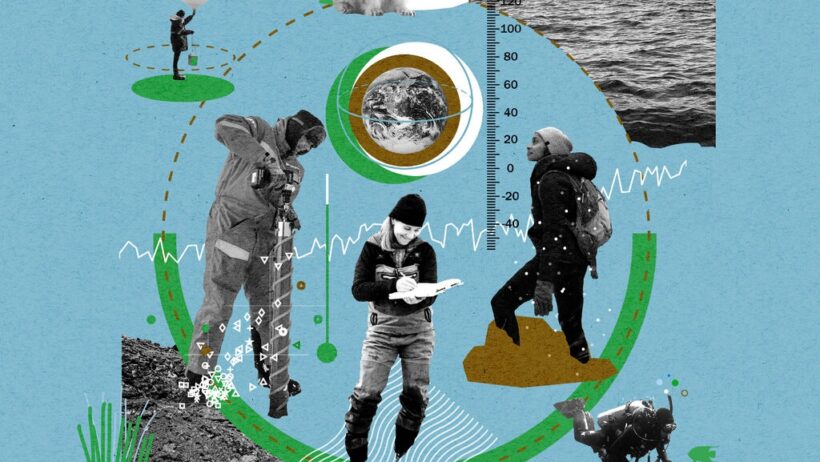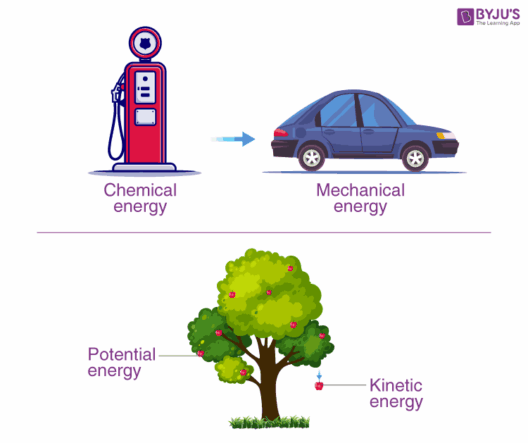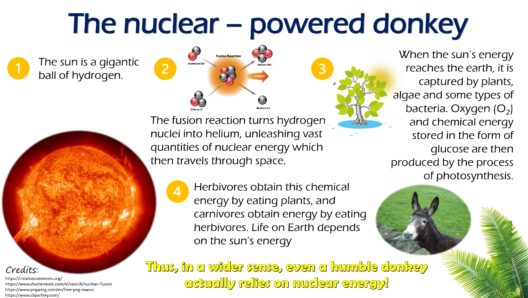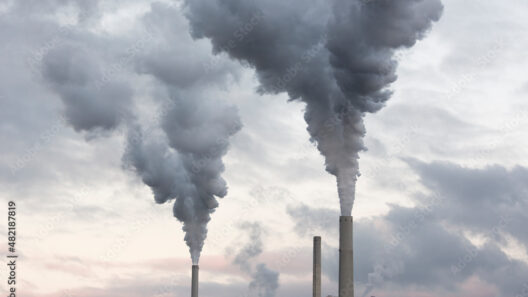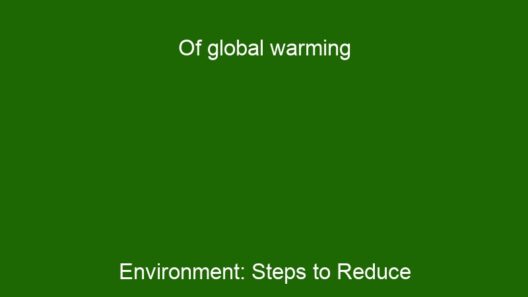Global warming is not merely an abstract concept; it is a formidable reality that is reshaping the very fabric of our atmosphere. The rise in global temperatures, predominantly driven by anthropogenic activities, has monumental consequences for atmospheric science. Understanding the nuances of how global warming alters the atmosphere is crucial for grasping the scope of this issue. This discourse will delve into the multitude of mechanisms through which global warming invokes atmospheric changes, as well as the broader implications of these alterations.
Firstly, it is essential to comprehend what constitutes global warming. This phenomenon is primarily characterized by an increase in Earth’s average surface temperature, attributed largely to the greenhouse gases emitted by human actions, including fossil fuel combustion, deforestation, and industrial activities. As these gases—such as carbon dioxide (CO2), methane (CH4), and nitrous oxide (N2O)—accumulate in the atmosphere, they create a thermal blanket that traps heat, thereby intensifying the greenhouse effect.
The implications of this effect are vast. One of the most immediate changes in the atmosphere is the alteration of its composition. As CO2 and other greenhouse gases become more prevalent, the delicate balance of gases that sustains life on Earth is disrupted. The increased concentration of CO2, for instance, not only contributes to warming but also leads to ocean acidification when the gas dissolves in seawater. This biological impact transcends mere temperature changes and affects marine ecosystems, which are integral to global biodiversity.
Another salient concern is the modulation of weather patterns. With rising temperatures, the atmosphere can hold more moisture, leading to more intense and erratic precipitation events. This can precipitate severe droughts in some regions while inundating others with excessive rainfall. The shift in these patterns is attributable to the increased energy in the atmosphere, altering the dynamics of atmospheric circulation. For instance, the Hadley cells—major circulation patterns that govern tropical weather—may expand, pushing the subtropical dry zones further poleward and thereby modifying regional climate patterns.
Moreover, the warming atmosphere also has pronounced effects on extreme weather events. The frequency and severity of hurricanes, typhoons, and heatwaves have exhibited alarming trends correlated with rising temperatures. As ocean temperatures rise, the energy available for these storms increases, causing more powerful storms to develop. The warming atmosphere can also lead to the phenomenon of “atmospheric instability,” in which warmer air rises faster, enhancing the potential for severe thunderstorms and tornadoes.
As we consider the effects of global warming, it becomes increasingly imperative to discuss the crucial aspect of feedback loops that exacerbate the situation. For instance, the melting of polar ice caps reduces albedo—the reflectivity of the Earth’s surface—resulting in more solar energy being absorbed rather than reflected back into space. This further accelerates warming and can lead to additional ice melt in a cyclical fashion. These feedback mechanisms are what render the dynamics of global warming particularly pernicious and complex.
Additionally, one must take into account the elevation of atmospheric heat content. The rise in global temperatures results in stratification of the atmosphere, whereby warmer air masses tend to be layered above cooler air. This stratification affects not only local climates but also the jet streams, which are narrow bands of strong wind in the upper levels of the atmosphere that influence weather patterns. Alterations to jet stream behavior can result in prolonged weather events—whether droughts or deluges—affecting ecosystems and human livelihoods alike.
The consequences of these atmospheric changes extend beyond environmental transformation; they also envelop socio-economic challenges. Regions historically characterized as temperate can morph into arid zones, compelling migrations of populations seeking fertile land or livable climates. This displacement reinforces a cycle of geopolitical instability, conflicts over resources, and economic disparities. As atmospheric conditions shift, so too do the landscapes of human tradition and prosperity.
In response to these pressing issues, various mitigation strategies have emerged. Renewable energy technologies, carbon capture and storage, and enhanced reforestation efforts are pivotal in addressing the atmospheric alterations wrought by global warming. The shift towards sustainable energy sources not only curtails greenhouse gas emissions but also fosters a holistic relationship with our planet. However, of equal importance is the necessity for global cooperation, as climate change knows no borders. National policies must converge towards a unified approach to mitigate and adapt to atmospheric changes.
In overview, the consequences of global warming on the atmosphere are profound and multifaceted. Alterations in atmospheric composition, shifts in weather patterns, intensification of extreme weather events, and complex feedback loops all intertwine to depict a somber picture of our future if current trends persist. The socio-economic ramifications only compound the urgency of the situation, calling for immediate and concerted efforts to transition towards a more sustainable coexistence with Earth’s systems. The science behind these shifts is dynamic and continually evolving, but one fact is indisputable: the atmosphere we breathe is fundamentally changing, and with it, the viability of human life on this planet hangs precariously in the balance.



